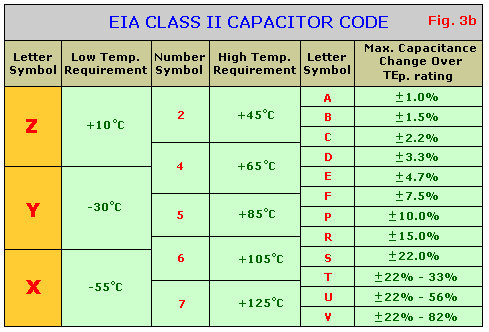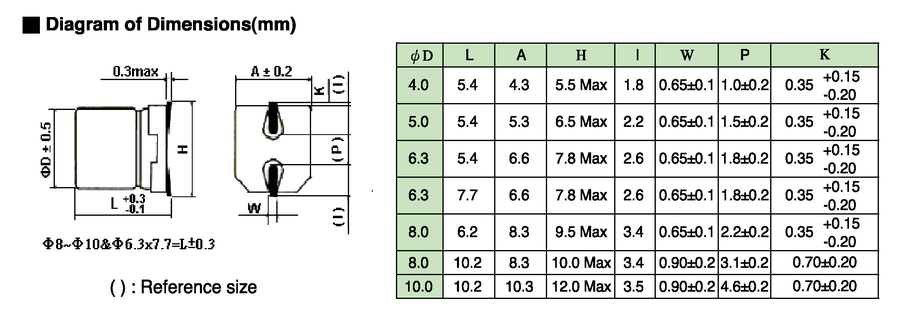

The first 2 digits are values of the capacitor in picofarads and the third digit is the multiplier factor. The norm which you will see with ceramic capacitors, though, is that they will have 3 digits. So, forĮxample if you see '68' on the capacitor, then this equals a value of If the capacitor only has 2 digits, the capacitance value are those 2 digits in picofarads. So, for example, if you simply see a '6' on theĬapacitor, then this equals a value of 6 picofarads (pF). If the capacitor only has 1 digit, the capacitance value is that 1 digit in picofarads. So the ceramic capacitor encoding system has 1-3 digits. Ceramic capacitors are encoded because they have less surface area on their frame. Ceramic capacitors are the type of capacitors that use this encoding system.Įlectrolytic capacitors simply have the valiue of the capacitor directly on them. The capacitor code calculator is used for ceramic capacitors. With class definitions understood you can look how the temperature coefficients break down.This capacitor code calculator calculates the capacitance value of the capacitor if the code is input or calculates theĬode of the capacitor if the capacitance value is input.



They can be substituted with EIA class 2- Y5U/Y5V or Z5U/Z5V capacitorsĬlass IV (or written class 4) ceramic capacitors are barrier layer capacitors which are not standardized anymore Class 1 ceramic caps offer high stability and low losses for resonant circuit applicationsĬlass I ceramic caps offer high stability and low losses for resonant circuit applicationsĬlass 2 ceramic capacitors offer high volumetric efficiency for smoothing, by-pass, coupling and decoupling applicationsĬlass II (or written class 2) ceramic capacitors offer high volumetric efficiency with change of capacitance lower than −15% to +15% and a temperature range greater than −55 ☌ to +125 ☌, for smoothing, by-pass, coupling and decoupling applicationsĬlass 3 ceramic capacitors are barrier layer capacitors which are not standardized anymoreĬlass III (or written class 3) ceramic capacitors offer higher volumetric efficiency than EIA class II and typical change of capacitance by −22% to +56% over a lower temperature range of 10 ☌ to 55 ☌.


 0 kommentar(er)
0 kommentar(er)
